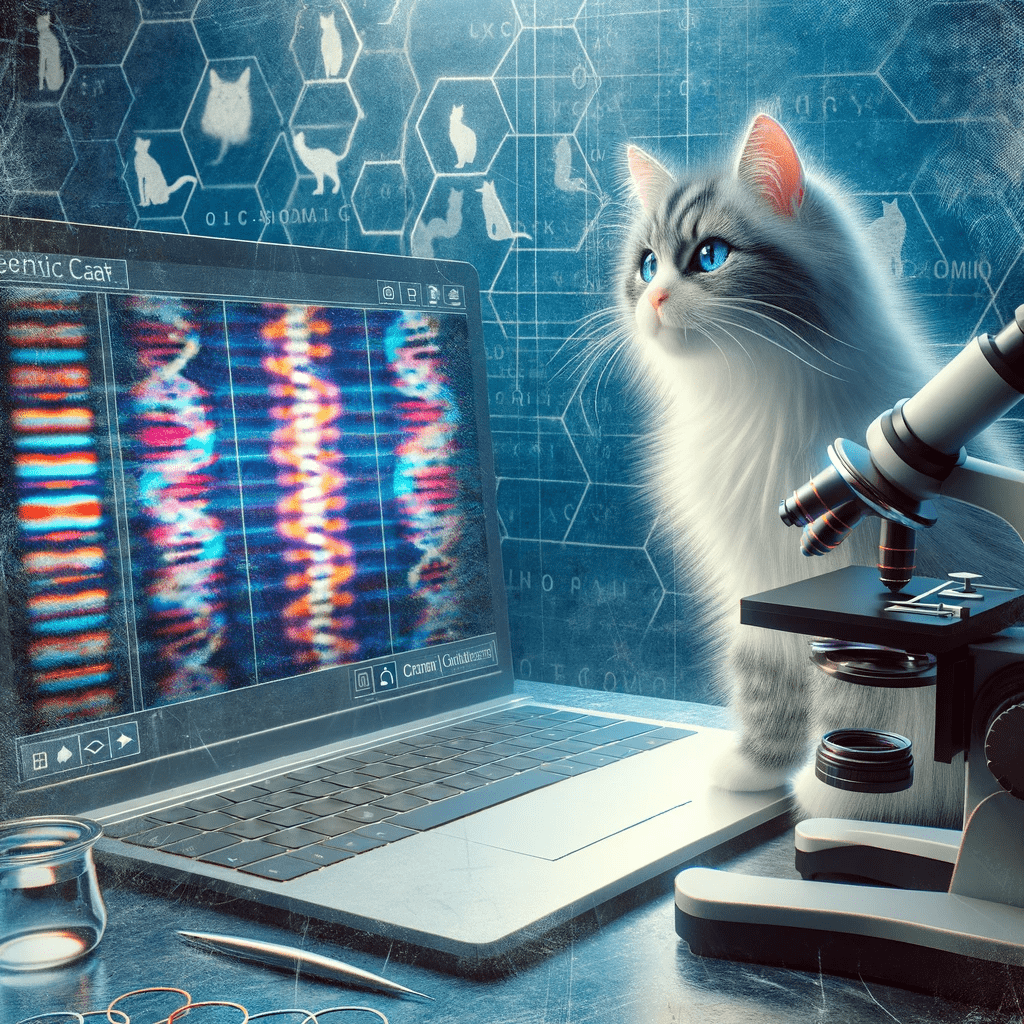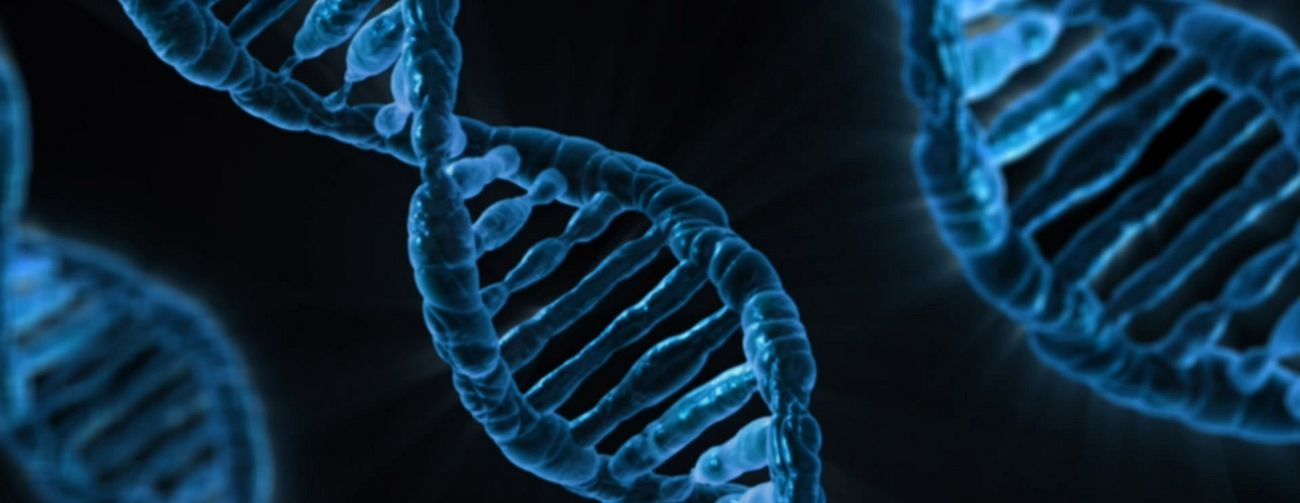DNADNA, or Deoxyribonucleic Acid, is the genetic material found in cells, composed of a double helix structure. It serves as the genetic blueprint for all living organisms. More profiling is a genetic testing method used in forensic science to identify unique DNA patterns, determine parentage, and include or exclude individuals as potential sources of biological evidence.
DNA Profiling: Unlocking the Genetic Identity
DNA profiling, often called DNA fingerprinting, is a groundbreaking technique that plays a pivotal role in forensic science. It involves the analysis of an individual’s unique DNA patterns or types, serving a multitude of purposes, from establishing parentage to identifying potential contributors of bodily fluid stains and various biological evidence. This powerful tool has transformed the landscape of criminal investigations, genetic genealogy, and medical genetics.
Unraveling the DNA Profile:
DNA profiling is founded on the remarkable fact that each individual’s DNA carries a distinct genetic code. This code comprises sequences of nucleotide base pairs that act as a genetic fingerprint. The process of DNA profiling begins by extracting DNA from a biological sample, such as blood, saliva, semen, or even items like bones, hair, or teeth. This extracted DNA is then subjected to various molecular biology techniques, primarily polymerase chain reaction (PCR) and gel electrophoresis.
These techniques amplify specific DNA regions and produce a unique DNA profile, often visualized as a set of distinct bands on a gel. The position and number of these bands are characteristic of an individual’s DNA, making it virtually as unique as a fingerprint.
Applications of DNA Profiling:
DNA profiling has a wide array of applications in the fields of forensic science, genetics, and medical diagnostics:
- Forensic Investigations: In the realm of criminal justice, DNA profiling is a potent tool for identifying and linking individuals to crime scenes. It can determine whether a suspect’s DNA matches the DNA found at a crime scene, thereby establishing or excluding their involvement.
- Paternity and Kinship Testing: DNA profiling is used to determine parentage, resolve custody disputes, and establish familial relationships, as each individual inherits half of their DNA from their biological mother and half from their biological father.
- Genetic Genealogy: Many individuals use DNA profiling to trace their genealogical roots and uncover ancestral connections through commercial genetic testing services. These services compare an individual’s DNA profile with extensive databases to find genetic relatives.
- Medical Genetics: DNA profiling plays a crucial role in diagnosing genetic disorders, identifying carrier status for hereditary diseases, and tailoring medical treatments based on an individual’s genetic makeup.
The Power of Exclusion:
One of the most compelling aspects of DNA profiling is its power to exclude individuals as potential sources of biological evidence. If a DNA profile does not match the DNA found at a crime scene, it can definitively eliminate a suspect from the investigation, strengthening the quest for justice.
The Impact on Criminal Justice:
The advent of DNA profiling has led to countless convictions of the guilty and exonerations of the innocent. It has revolutionized criminal investigations, providing conclusive evidence and enhancing the accuracy of the justice system. Moreover, it has reshaped our understanding of human genetics and familial relationships.
In Summary:
DNA profiling is an indispensable tool in forensic science and beyond. It harnesses the unique genetic code within our DNA to solve crimes, establish kinship, explore our genetic heritage, and advance medical diagnostics. This remarkable technology has forever transformed how we investigate crimes, establish identities, and understand our genetic inheritance.





